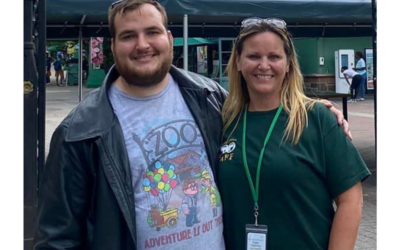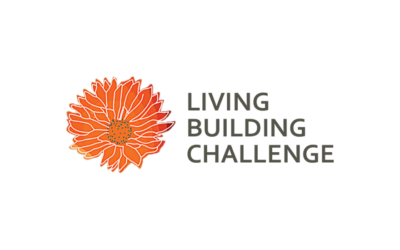A thread common to nearly all sessions during the AZA National Conference was adapting to this “new tomorrow.” It’s a new world that we’re all learning to navigate through. In keeping with its generous spirit, members of the AZA community graciously shared their experiences, from how to stay focused on mission; to how to adapt strategic plans; to best practices for maximizing your Board’s impact.
Our mission and strategic planning takeaways include:
-
Hold your mission close. Mission continues to matter more than ever—it remains our lodestar. People can’t visit and experience as usual, so appeal to their interests in saving wildlife to help them engage, give money, and support your work.
-
Don’t waste a good crisis. Take this opportunity to really dive deep into your organization. Consider the benefits of restructuring, changing/eliminating programs, and/or doing things a different way (especially events, galas, and educational programs).
-
Ask “what else is out there?” in terms of risk—what are/may be external threats we should prepare for?
-
Organizations are looking closely at programming, especially education, to determine cost effectiveness—but this isn’t always easy because metrics are different and may be harder to determine.
-
The focus now needs to be on core programs.
-
-
A good strategic plan is evergreen. A strategic plan is your anchor—a guidepost when everything is upside-down and little seems certain. While ground-level tactics may need to be shifted to account for new financial realities, the core values and strategic goals you’ve defined in recent strategic plans are still as important today as they were last year. Your mission remains your mission, your goals remain your goals. It’s the path to achieving those goals that may need to change.
-
A McKenzie Group study that surveyed 1,500 business executives pre-Covid revealed that 50% did not put enough time into strategic planning.
-
And yet five-year planning seems an impossibility for many right now: “How can we see long-term when we are fighting to figure out next year?” Evaluate and extract elements of your strategic plan to create short-term, “achievable-despite-the-pandemic” goals.
-
-
Remember that your members want to support you. In a session on membership marketing strategies in the new normal, one panelist discussed his surprise that a significant portion of his membership did not take him up on his offer for a free extension on their membership to make up for the months they were closed. They responded that it was more important to them that the Zoo thrive, and therefore they would rather renew on their usual schedule to ensure that the organization was adequately resourced.
Proven strategies to maximize your Board’s impact takeaways:
-
Board term limits are critical. By implementing and enforcing term limits on your board, you build in an important layer of accountability and evaluation. It ensures a periodic churn of ideas and energy.
-
Keep that strategic plan fresh. The process and product of a strategic planning process will energize your board (and the rest of your organization) towards a renewed motivation and purpose.
-
Use a “give/get” policy. By requiring that board members either donate a certain amount or directly facilitate the gift of an amount from another source, you’ll ensure your board is comprised of members who are both passionate about your mission and appropriately resourced to make a meaningful impact.
-
Some board or staff who seek contributions may have “asking fears.” Others may find they have the “asking superpower”—you must identify each person’s type and work with their strengths.
-
-
Consider “talent” in addition to “treasure”. Instead of requiring only monetary contributions from your board, consider how they might leverage their professional talents or resources to the benefit of your organization. For example, a board member who owns a landscaping business might offer their services at no/low cost, saving your organization money.
-
The Santa Ana Zoo uses a points system to track board members’ contributions of time, talents, and treasure. The Zoo values real participation and tries to make it easy for board members to contribute by being flexible—they believe “people support what they help to create.” This approach also provides the board with creative stories to share for marketing and fundraising purposes.
-
Perhaps the most import piece of advice we heard repeated throughout the conference was the need to remain flexible. We’re in an era of volatility and no one knows what tomorrow may bring. Organizations that find their way through this moment will do so by reconciling two seemingly disparate principles: the requirement to be simultaneously adaptive (tactically) and rigid (strategically). The only way through is forward.





